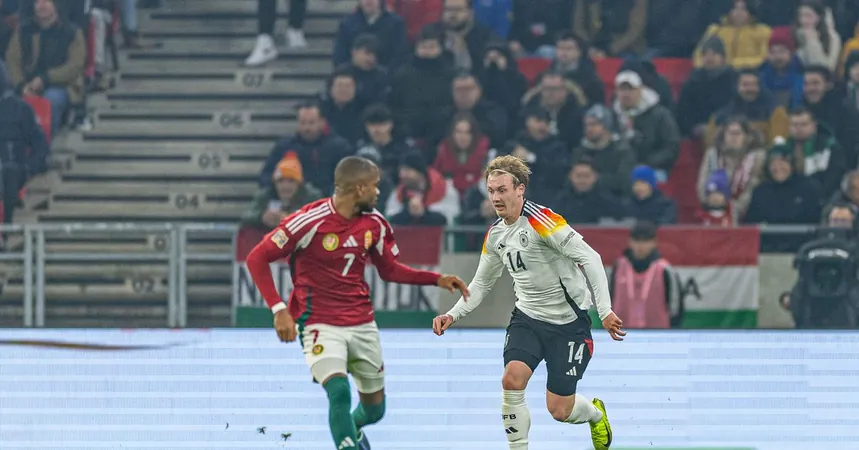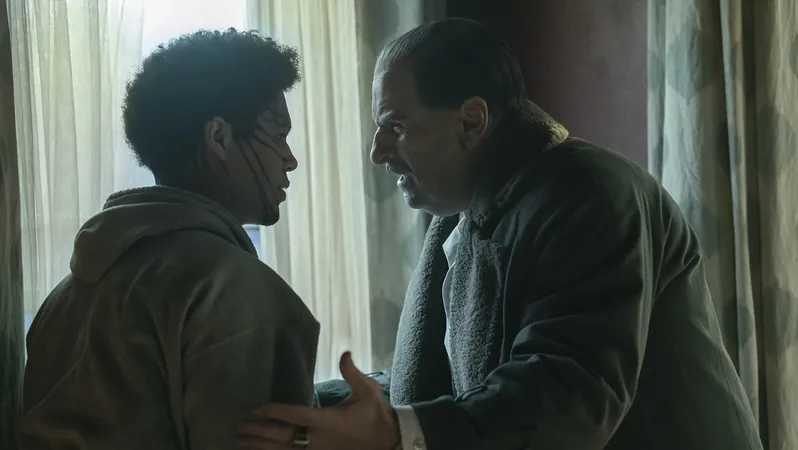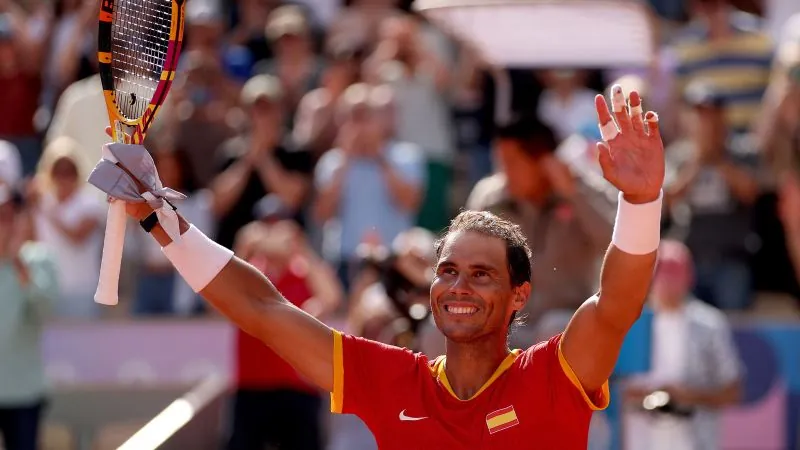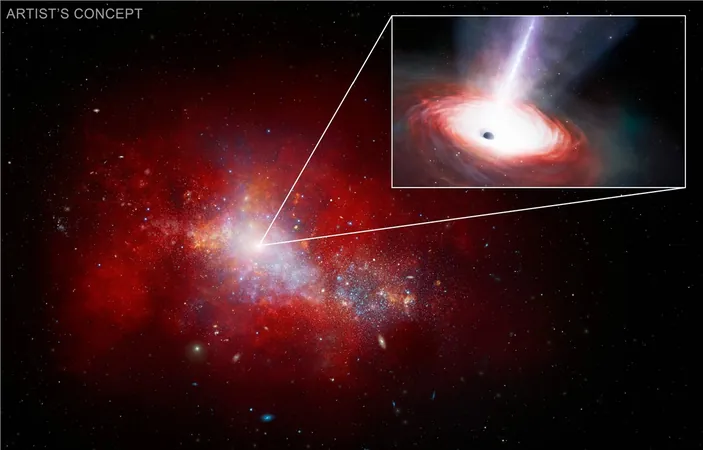
Germany's 1-1 Draw with Hungary: Three Key Takeaways for the Team's Future Success
2024-11-19
Author: Jacob
Germany's Nations League journey ended on a less than stellar note with a 1-1 draw against Hungary, raising questions yet again about their performances ahead of the FIFA 2026 Men's World Cup.
Goodbye to the Dead Rubber Matches
After a commanding 7-0 victory over Bosnia and Herzegovina that secured their top spot in the group, Germany faced Hungary with the pressure off and motivation low. Coach Julian Nagelsmann had taken this tournament seriously, aiming to build team chemistry and identify strengths ahead of upcoming competitions. However, the intensity seemed to wane as they struggled to find their rhythm, demonstrating inconsistency and a lack of cohesive play throughout the match.
While it can be easy to dismiss these final matches as inconsequential, they remain opportunities for teams to sharpen their skills and fine-tune their strategies. As Nagelsmann looks ahead to March’s international break, he’ll be eager to regroup and build on the lessons learned from this encounter.
Hungary’s Stalwart Defense Impresses
Give credit to Hungary, which displayed an organized and disciplined defensive strategy that stifled Germany’s attacking efforts. Even with just 28% possession, Hungary managed to create significant pressure, racking up 16 shots with six on target. Their compact play was noteworthy, especially as they managed to limit Germany to only three shots on target despite the Germans controlling 72% of the ball.
Dominik Szoboszlai, the standout talent playing for Liverpool FC, was the heartbeat of Hungary's attack. He not only forced a last-minute penalty that led to the equalizer but also kept Germany’s defense on high alert throughout the match. His skill and attitude on the field are clear indicators of why he is one of the most promising players in Europe today.
Germany’s Midfield Dilemma
Germany's midfield performance raises significant concerns, especially with the younger talents like Aleksandar Pavlović and Angelo Stiller sidelined. The decision to start Felix Nmecha alongside Robert Andrich yielded mixed results, as they struggled with ball retention and key passes. Nmecha’s youthful energy is promising, but the midfield looked unsteady and may need bolstering as they prepare for future fixtures.
On a positive note, Nmecha did manage to score Germany's only goal of the match, showcasing his ability to capitalize on opportunities. Nevertheless, the lack of creativity and dynamism in midfield could hinder their performance in critical moments against tougher competition.
A Glimmer of Hope: Tim Kleindienst
Although Tim Kleindienst was introduced late in the match, his presence signaled a potential shift in strategy for Germany. Standing tall at 6’4”, the striker has begun winning Nagelsmann’s trust and could become a vital asset moving forward. His aerial prowess and capability to disrupt opposing defenses could enhance Germany's attacking options.
As Nagelsmann seeks to identify promising talents, younger players' emergence in key roles will be vital for the team's future. The optimism surrounding this squad should not be diminished by an uninspiring draw; rather, it should be viewed as an opportunity to develop and refine their approach before the World Cup.
In conclusion, while the 1-1 draw against Hungary was less than inspiring, the underlying potential in Germany's team gives fans reason to believe in a brighter future. March’s international fixtures might very well be the stage for new strategies and fresh talent to shine as Germany gears up for their next big challenges.









 Brasil (PT)
Brasil (PT)
 Canada (EN)
Canada (EN)
 Chile (ES)
Chile (ES)
 España (ES)
España (ES)
 France (FR)
France (FR)
 Hong Kong (EN)
Hong Kong (EN)
 Italia (IT)
Italia (IT)
 日本 (JA)
日本 (JA)
 Magyarország (HU)
Magyarország (HU)
 Norge (NO)
Norge (NO)
 Polska (PL)
Polska (PL)
 Schweiz (DE)
Schweiz (DE)
 Singapore (EN)
Singapore (EN)
 Sverige (SV)
Sverige (SV)
 Suomi (FI)
Suomi (FI)
 Türkiye (TR)
Türkiye (TR)